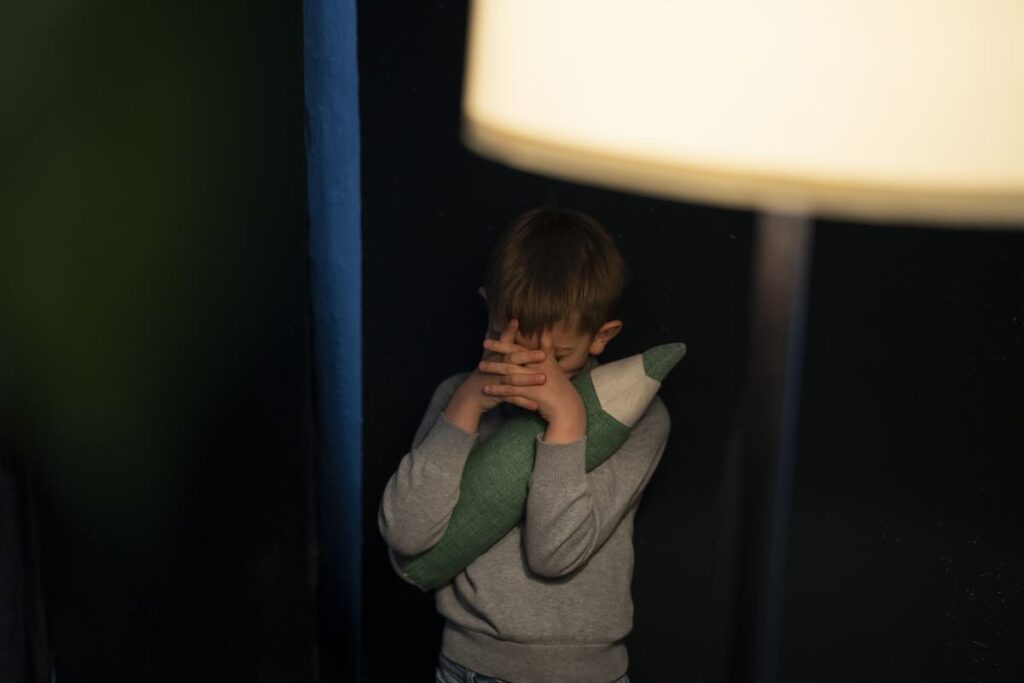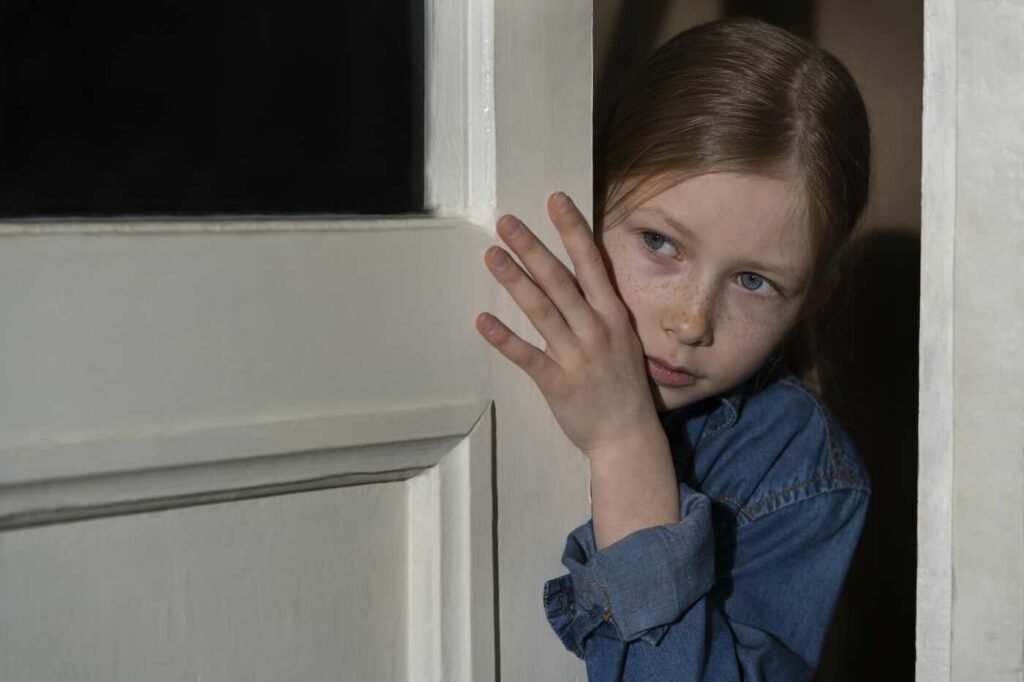Often, parents need to step out for a short while. But who should watch the child in that time? And is it even necessary to hire a babysitter if the child is old enough to stay alone for a couple of hours? The first rule is simple: a child should only be left alone if they are ready.
“The decision to leave a child home alone should depend not just on age, but also on individual personality traits, level of development, and readiness for such situations.
For example, some 10-12-year-olds may be ready to stay alone, while others at the same age may feel anxious or scared. It all depends on the child’s temperament, emotional state, and psychological resilience,”
- explains psychologist Nika Bolzan.
But what if your child is afraid to stay alone, and you absolutely need to go out? Let’s break it down.
Understanding Your Child’s Fears
Many children experience fears, and each fear requires a unique approach. Start by identifying what exactly scares your child:
- The dark
- Being alone
- Monsters or ghosts
- Villains from movies or cartoons
- And so on
Every fear can be addressed. For example, if your child is afraid of the dark, you can leave lights on in every room — including the closet. Especially the closet.
To tackle fears of monsters or villains, create a “guardian” or totem. This can be any toy — a superhero figure or their favorite stuffed animal. Children often see their toys as protectors and sources of comfort.
You can even imagine giving these toys special “powers,” so your child feels safe even when you’re not around.
To prevent fears from arising in the first place, monitor what your child watches. Adult movies or content can trigger unnecessary anxiety.
Even seemingly minor scenes can frighten children, so stick to age-appropriate content.
Another reason children may fear staying alone is lack of habit or independence. If you always spend time together, sudden absence can be stressful because it’s unfamiliar.

Teaching Your Child to Stay Alone
Start gradually. If your child is used to always being with you, begin by encouraging independent play. Give them tasks or games they can do without your presence.
Once they are comfortable playing or spending time alone at home, move to the next step. Leave them alone for 10-15 minutes initially — for example, stepping next door or to a nearby store.
Gradually increase the time apart, but always discuss with your child how they want to spend it.
It’s best to provide a phone or smartwatch with calling capabilities so your child can contact you anytime. You should always be ready to answer or return home if needed, especially in the beginning.
Safety Guidelines
Many parents worry about leaving children alone because even at home there are many hazards: gas, windows, electricity, stairs, and more. That’s why safety rules are crucial:
- Don’t open windows
- Don’t touch the stove or electrical outlets
- Don’t climb on furniture
- Don’t open the door for strangers
- And so on
You can also use security cameras to monitor activity. Most importantly, reassure your child that you are always nearby and will return at any moment.






